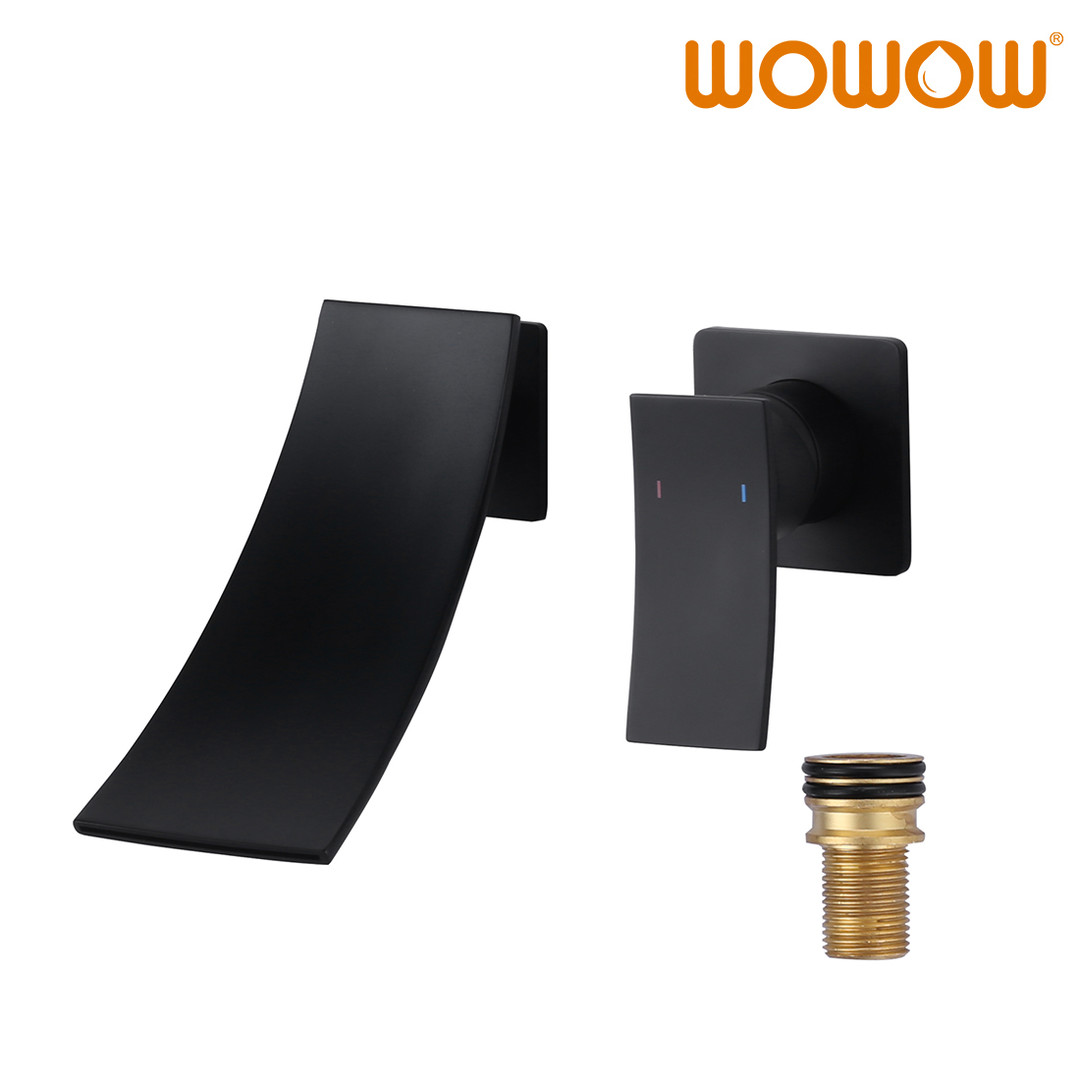
When choosing bathroom faucets, design, functionality, and finish are often the first things buyers notice. However, there’s one hidden factor that’s just as critical—safety. Specifically, the amount of lead in a faucet can directly impact the safety of the water you use every day. Even trace amounts of lead can pose health risks, especially to children and pregnant women. That’s why understanding how to identify lead-free bathroom faucets is essential for homeowners, builders, and wholesalers alike.
Why Lead-Free Faucets Matter
Lead is a toxic metal that can leach into water through plumbing components. Long-term exposure to lead can cause developmental issues, organ damage, and other serious health problems. Because of these risks, many countries—including the United States, Canada, and members of the European Union—have implemented strict regulations on lead content in plumbing fixtures.
In the U.S., the Safe Drinking Water Act defines “lead-free” faucets as those with a weighted average lead content of no more than 0.25% for parts that come into contact with water. This standard ensures that faucets used for drinking, cooking, or washing do not contaminate water with harmful levels of lead. While bathroom faucets may not always deliver drinking water, they still fall under these safety standards because they are part of the household water system.
Step 1: Check for Certification Marks
The easiest and most reliable way to identify a lead-free faucet is to look for certification marks from recognized testing organizations. These marks indicate that the product has passed strict laboratory testing to meet federal and industry safety requirements. Common certifications include:
- NSF/ANSI 372 or NSF/ANSI 61: These are the most widely accepted standards for low-lead plumbing products. Faucets labeled “NSF/ANSI 372 certified” meet the 0.25% lead requirement.
- cUPC (Uniform Plumbing Code) Certification: This mark ensures compliance with North American plumbing codes and often includes lead-free verification.
- CSA (Canadian Standards Association): Faucets sold in Canada should have this certification, which also confirms lead-free compliance.
- WaterSense Label: While this label primarily relates to water efficiency, many WaterSense-labeled faucets also meet lead-free standards.
These certification logos are typically printed on the product box, engraved on the faucet body, or listed in the product’s technical specifications online. If you can’t find any of these marks, it’s best to contact the manufacturer for documentation before purchasing.
Step 2: Review the Material Composition
Lead was historically used in brass manufacturing to improve machinability and prevent corrosion. However, modern lead-free faucets use alternative alloys and materials such as:
- Lead-Free Brass: Specially formulated brass alloys with less than 0.25% lead.
- Stainless Steel: Naturally lead-free and corrosion-resistant, stainless steel faucets are becoming increasingly popular for both residential and commercial bathrooms.
- PVD-Coated Zinc or Plastic Components: While less premium, these materials are fully lead-free and often used in budget-friendly models.
If the faucet description or product datasheet doesn’t clearly specify the material, look for terms like “lead-free brass,” “304 stainless steel,” or “safe drinking water compliant.” Avoid vague terms like “solid metal construction,” which do not guarantee low-lead content.
Step 3: Verify Manufacturer Compliance
Reputable faucet brands often publish their compliance certifications and testing results. Before making a purchase, visit the manufacturer’s website to verify the faucet’s specifications. Look for statements like “Complies with NSF/ANSI 372” or “Certified lead-free.”
Many brands also provide Declaration of Conformity (DoC) documents, which confirm compliance with regional safety standards. In a B2B context, wholesalers and distributors should always request this documentation before bulk purchases, especially when exporting to regulated markets such as the U.S. or Europe.
Step 4: Pay Attention to Product Labels and Packaging
Faucet packaging can also provide clues about lead content. Lead-free faucets often feature specific phrases like:
- “Complies with California AB1953”
- “Lead-Free Certified”
- “Meets Safe Drinking Water Act Requirements”
- “NSF 372 Certified for Lead-Free Plumbing”
If the product packaging lacks this information, or if it only mentions compliance with older standards (like NSF 61 without specifying Annex G), it might not meet the latest 0.25% threshold.
Step 5: Avoid Counterfeit or Unverified Products
In the online marketplace, some low-cost faucets claim to be lead-free but fail to meet safety requirements. Counterfeit or unverified products often lack proper documentation and third-party testing. To avoid these, always purchase from authorized distributors, official brand stores, or verified B2B suppliers.
Red flags to watch for include:
- No manufacturer name or model number listed
- Missing certification logos or fake marks
- Prices significantly below market value
- Incomplete or vague product descriptions
Step 6: Check Local Regulations
Lead-free standards can vary slightly depending on your country or region. For example, the United States enforces the Reduction of Lead in Drinking Water Act, while Canada follows the National Plumbing Code. In the European Union, faucets must meet EN 12165 and related directives. Understanding your local compliance requirements ensures that the faucets you buy, sell, or install are legally approved for use.
Conclusion: Safety Should Never Be an Afterthought
Lead-free bathroom faucets protect your health, comply with international safety standards, and enhance your brand’s credibility if you’re a supplier or retailer. Identifying them requires attention to detail—checking for certification marks, verifying materials, and ensuring manufacturer transparency. Whether you’re outfitting a new home or sourcing faucets for a business project, always prioritize verified, lead-free options. After all, clean water deserves a clean path to flow through.
 WEWE Kitchen Faucets
WEWE Kitchen Faucets

您好!please sign in